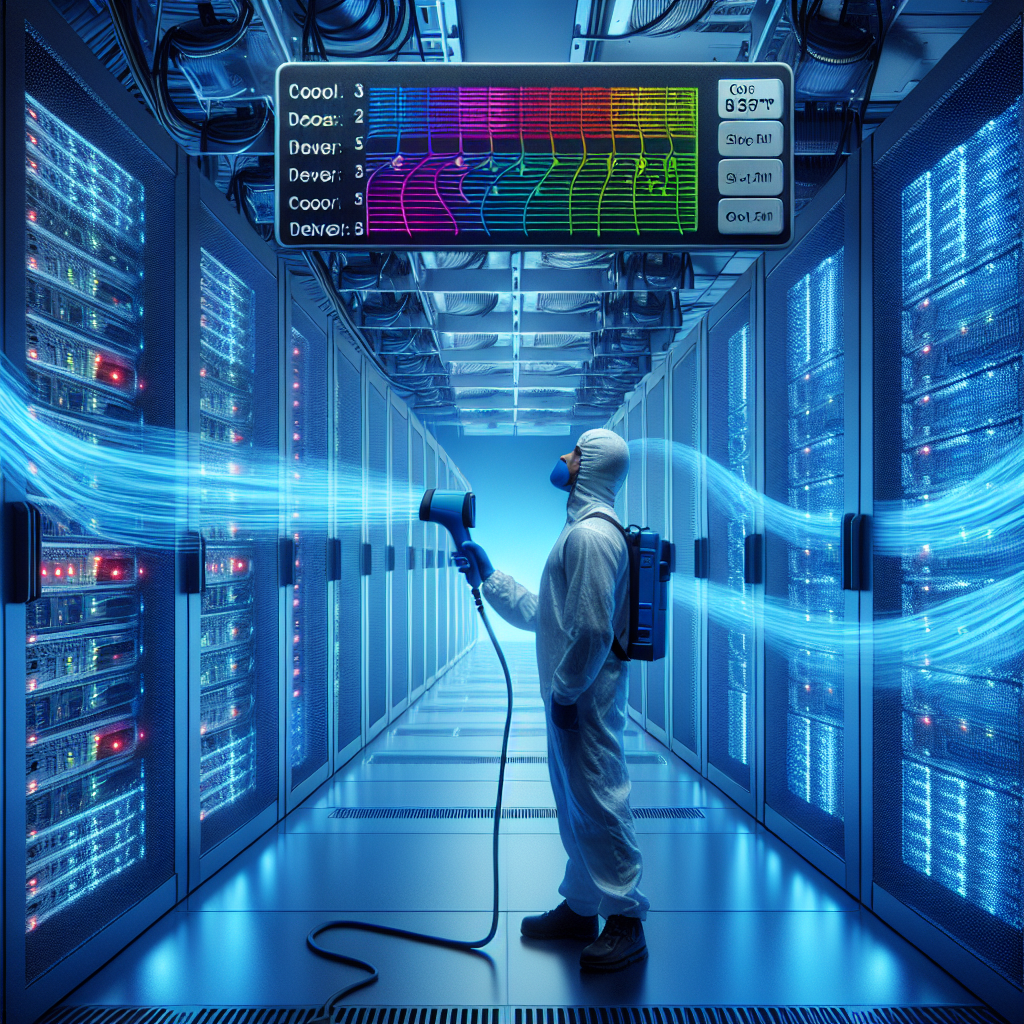Data centers are a critical component of any organization’s IT infrastructure, housing servers, storage systems, and networking equipment that are essential for day-to-day operations. However, one of the biggest challenges faced by data center operators is maintaining optimal temperatures within the facility to prevent overheating and ensure the smooth operation of equipment.
Cooling systems play a vital role in keeping data centers running smoothly by removing the heat generated by servers and other equipment. When these cooling systems fail or are not functioning properly, it can lead to equipment failures, downtime, and potential data loss. In this article, we will discuss some common issues that can arise with data center cooling systems and how to troubleshoot them effectively.
1. Insufficient cooling capacity: One of the most common issues faced by data center operators is insufficient cooling capacity, which can lead to overheating and equipment failures. This can be caused by a variety of factors, including outdated or undersized cooling systems, poor airflow management, or changes in equipment density.
To troubleshoot this issue, start by checking the temperature readings in different areas of the data center to identify any hot spots. Make sure that all cooling units are operating properly and are set to the correct temperature settings. If necessary, consider upgrading or adding additional cooling units to meet the increased demand for cooling.
2. Airflow blockages: Another common issue that can affect data center cooling systems is airflow blockages, which can restrict the flow of cool air to equipment and lead to overheating. This can be caused by blocked air vents, obstructions in the airflow path, or improperly positioned equipment.
To troubleshoot this issue, inspect all air vents and ducts to ensure that they are clear of obstructions. Make sure that equipment is positioned to allow for proper airflow and that there are no obstacles in the airflow path. Consider implementing hot aisle/cold aisle containment to improve airflow management and prevent hot air recirculation.
3. Refrigerant leaks: Data center cooling systems rely on refrigerant to remove heat from the air and maintain optimal temperatures. Refrigerant leaks can occur due to aging equipment, poor maintenance, or physical damage, leading to a drop in cooling capacity and potential equipment failures.
To troubleshoot this issue, check for signs of refrigerant leaks, such as hissing sounds, frost buildup, or a drop in cooling performance. If a leak is detected, contact a professional HVAC technician to repair the leak and recharge the refrigerant. Regular maintenance and inspections can help prevent refrigerant leaks and ensure the reliable operation of cooling systems.
In conclusion, troubleshooting data center cooling systems is essential for maintaining the reliability and performance of critical IT equipment. By addressing common issues such as insufficient cooling capacity, airflow blockages, and refrigerant leaks in a timely manner, data center operators can prevent overheating, equipment failures, and costly downtime. Regular maintenance, monitoring, and proactive measures can help ensure that cooling systems operate efficiently and effectively to support the needs of the data center.


Leave a Reply